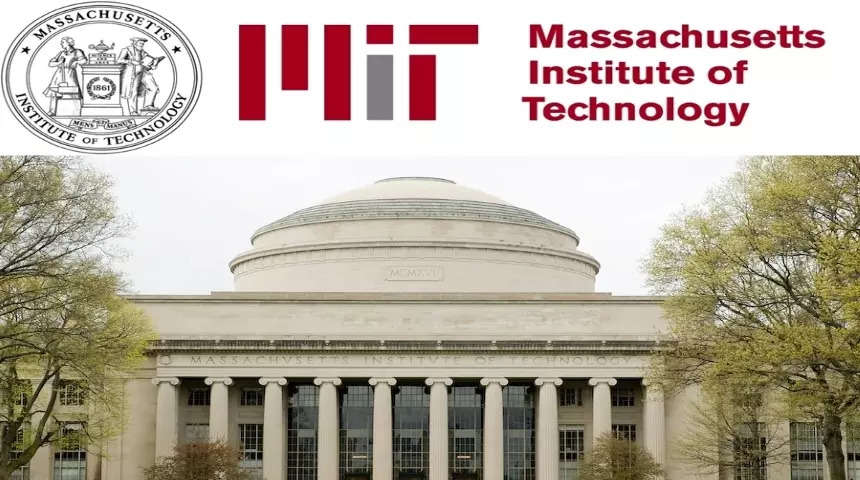
MIT Scientists Design a Fully Decentralized Stablecoin Pegged to Electricity
A new peer-reviewed paper in MIT’s Cryptoeconomic Systems journal outlines a system for converting electricity into a proposed crypto token and reverses the procedure. The Lawrence Livermore National Laboratory materials scientists behind the paper state in the abstract how electricity can be used as collateral for a stablecoin in a way that one can exchange for one kilowatt-hour (KWh) of electricity and vice versa, without the mediation of any centralized authorities.
The stablecoin is the holy grail of digital currency. It is a cryptocurrency with the primary objective of maintaining a “pegged” or fixed-price with respect to another asset. For instance, the cryptocurrency may peg its value to USD, one-to-one (1:1) where each unit of the stablecoin is worth 1 USD.
Therefore, a stablecoin system is similar to a fixed exchange rate regime in foreign exchange markets. But, stablecoins present a paradox. While the concept aims to confer centralized price stability to decentralized markets, a group of researchers is proposing using electricity as the backing asset.
Current stablecoins rely on collateral that waives and complicate the exchange. Fiat-pegged stablecoins have issues with centralization, and there’s much wondering about whether token holders could ever redeem their stablecoins for the underlying assets. Tether, the biggest stablecoin by market cap, dipped slightly against its peg last month.
Algorithmic stablecoins exist to decentralize, reducing to zero percent the trust in the central stablecoin issuer. But, Terra defied all positive expectations, casting a dark shadow on whether algorithms can hold value in a secure manner.
The MIT stablecoin utilizes information theory and statistical mechanics to create the new E-Stablecoin or Electricity Stablecoin. The “fully collateralized stablecoin” is pegged to a physical asset, and its value is based on its utility.
Scientists say the stablecoin is capable of transmitting energy as information without needing any interconnecting wires or a transmission system based on a grid.
Deciphering the MIT E-Stablecoin Paper
E-Stablecoin is a novel concept and the only crypto token designed as collateralized by a physical asset and fully decentralized because it uses the laws of statistical mechanics.
In the paper, the scientists behind the E-Stablecoin innovation, Jonathan Belof, and Maxwell Muriado give an account of how a link between energy and information enables the development of a crypto token directly supported and that can be converted into one kilowatt-hour of electricity.
The scientists also note that while minting one E-Stablecoin cost approximately one kilowatt-hour of electricity, the digital asset can be destroyed in exchange for the electricity used. In other words, the law of conservation of mass or energy.
The price of the E-Stablecoin is pegged to the price of one kilowatt-hour of electricity. This system is impressive in that it does not rely on a third party, institution, or a payment system to work.
Who Can Mine E-Stablecoin?
Any anonymous entity can mint an E-Stablecoin token using the one kilowatt-hour equivalent of electricity. They can also exchange value with the E-Stablecoin as they would with any other digital currency.
In addition, the token owner can turn it back into “usable electricity“ without intermediary power companies, electricity transmission lines, or government approval. According to Muriado, it is a trust-less system throughout.
The scientists describe their product as proof of concept, and there’s ample help from advanced mathematics to support the logic behind the stablecoin.
A working E-Stablecoin will require superior speed, transfer entropy, and scalability of information engines. There’ll also be a need for better cloud storage or alternatives.
However, the authors admit that there are theoretical implications for how cryptocurrencies derive their value.
There is, however, a small fee for mining each E-Stablecoin. Extracting the energy again by burning also attracts a small fee. The entire process would be controlled using smart contracts with a decentralized data storage cloud. No centralized authority is responsible for maintaining or disbursing the asset.
The E-Stablecoin is already generating crucial talking points, and rightly so. The sky might be the starting point for Maxwell Murialdo and Jonathan L. Belof’s new creation.






